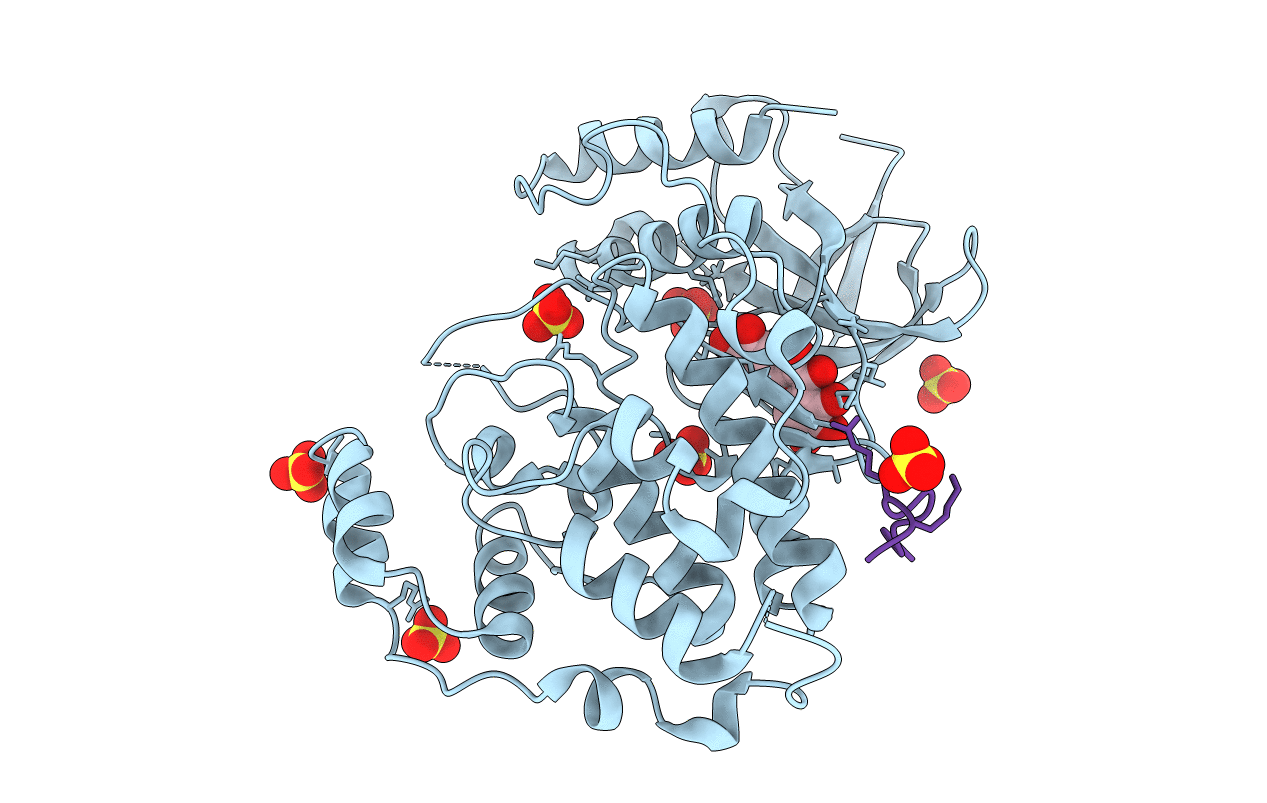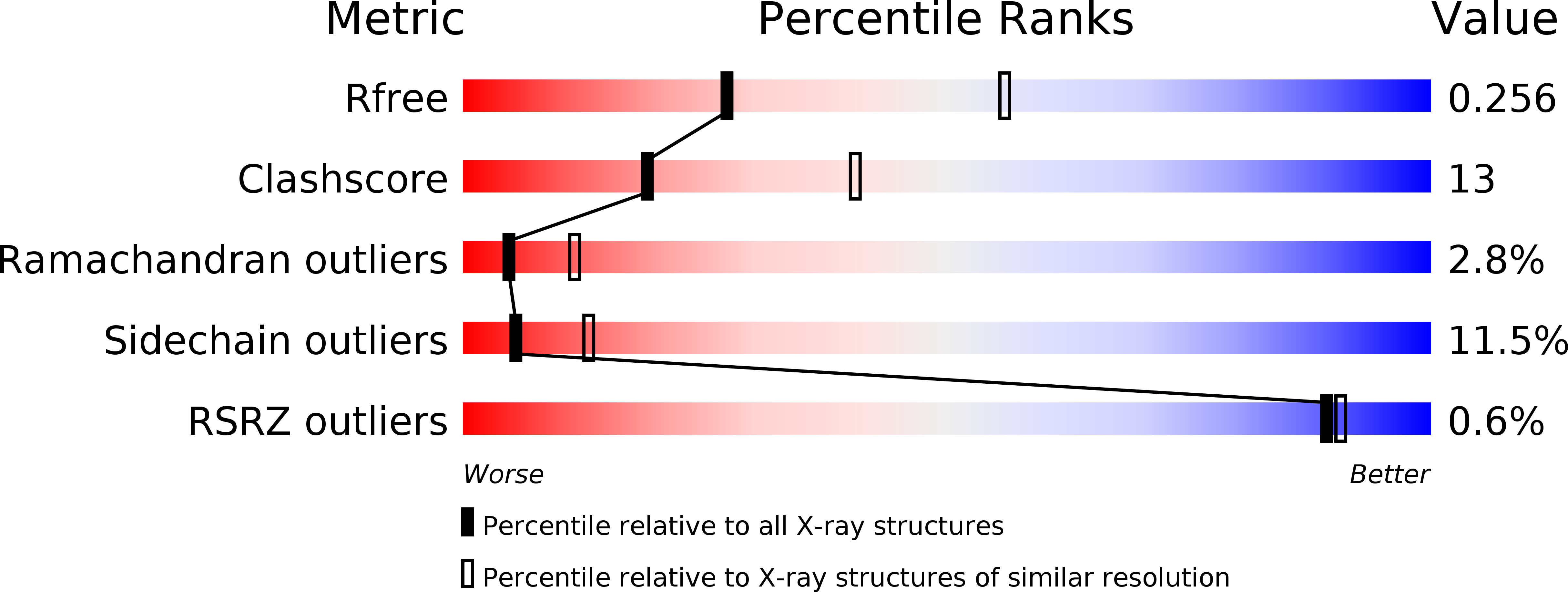
Deposition Date
2011-12-14
Release Date
2012-12-05
Last Version Date
2023-09-13
Entry Detail
PDB ID:
3V3V
Keywords:
Title:
Structural and functional analysis of quercetagetin, a natural JNK1 inhibitor
Biological Source:
Source Organism:
Homo sapiens (Taxon ID: 9606)
Mus musculus (Taxon ID: 10090)
Mus musculus (Taxon ID: 10090)
Host Organism:
Method Details:
Experimental Method:
Resolution:
2.70 Å
R-Value Free:
0.26
R-Value Work:
0.22
R-Value Observed:
0.22
Space Group:
I 4 2 2


